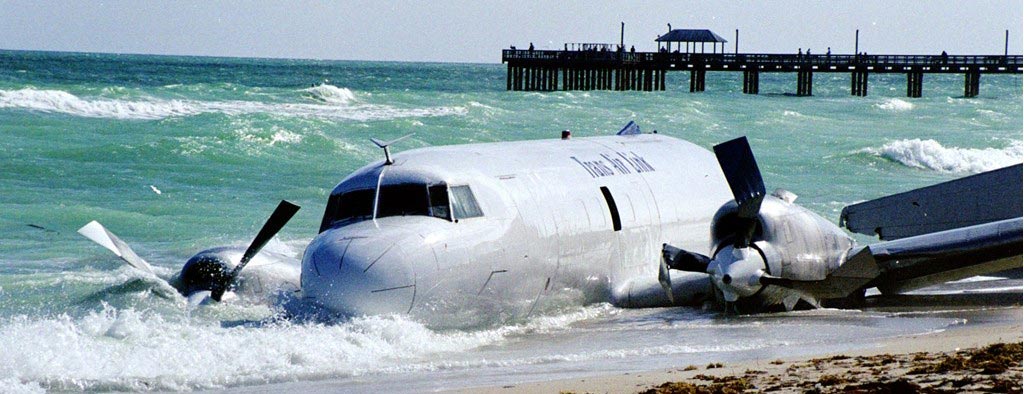Kaasfondue
New member
https://www.bbc.com/news/world-africa-44783545
Vreselijk. Veel nederlanders aan boord. Zou overgevlogen worden naar het aviodrome in Lelystad.
Vreselijk. Veel nederlanders aan boord. Zou overgevlogen worden naar het aviodrome in Lelystad.
